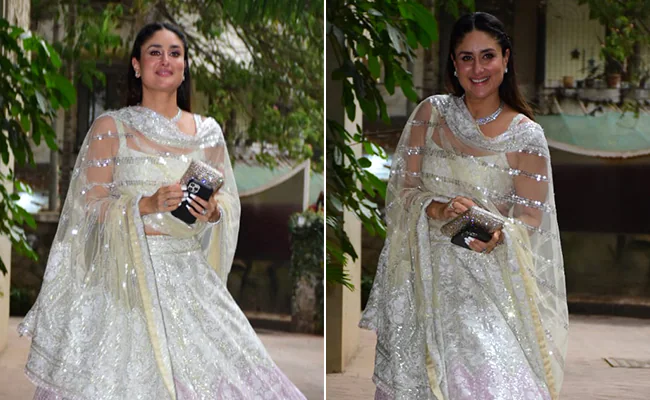
The term Khichdi comes from the Sanskrit word ‘Khiccha’, meaning a dish of rice and legumes. Largely, Khichdi is made from rice and lentils, but there are some other regional variations like Bajra Khichdi and Moong Khichdi. In Hindu culture, it is one of the first solid foods that babies it. Also, Khichdi is believed to be the inspiration behind the Anglo Indian dish ‘Kedgeree’, a dish consisting of cooked, flaked fish (traditionally smoked haddock), boiled rice, parsley, hard-boiled eggs, curry powder, butter or cream, and occasionally sultanas.
The earliest reference to Khichdi could be found in the Indian epic ‘Mahabharata’, the events pertaining to which are believed to have taken place between 9th and 8th centuries BCE. In the ‘Mahabharata’, Draupadi is said to have fed Khichdi to the Pandavas during their exile. Also, it was a grain of rice from it eaten by Lord Krishna that made a hungry and furious Rishi Durvasha lose his appetite when he and his disciples dropped in suddenly for lunch. Khichdi is also mentioned in Sudama’s story. Sudama, Lord Krishna’s friend went to meet him from Vrindavan to Dwarka and carried two ‘potlies’ (bundles), one containing Khichdi and the other roasted gram. The potli that contained Khichdi was snatched from a tree by a monkey. However, he was able to take a part of the other one to Dwarka where Krishna ate some of the gram and bestowed blessings on his deprived, famished friend.
The Greek king Seleucus, during his campaign in India between 305-303 BC, mentioned that rice with pulses is very popular among people of the Indian subcontinent. The Moroccan traveler Ibn Battuta mentions ‘Kishri’ as a dish in India composed of rice and Moong beans, during his stay around 1350. Battuta wrote, “Munj is boiled with rice, then buttered and eaten. This is what they call Kishri, and on this, they breakfast every day.” Khichdi is also described in the writings of Afanasiy Nikitin, a Russian adventurer who travelled to the Indian subcontinent in the 15th century.
It was under the Mughals that Khichdi rose to prominence in the subcontinent. Akbar was voraciously fond of Khichdi as he was a frugal eater. He preferred to have his meals alone. The Akbar-Birbal story, about Birbal using Khichdi to make Akbar accept a mistake in judgement is known to everyone. A little known fact pertaining to Akbar’s courtier Abul Fazl, and his relation to Khichdi is very fascinating. Fazl used to get 30 maunds of Khichdi cooked every day and anybody passing by his house could relish on it for 24 hours. Going by the quantities, a maund was 40 seers or approximately 40 kg, and 30 maunds equals to 1,200 kg of Khichdi every day!
Among the other Mughal emperors, Jahangir’s was very fond of a spicy Khichdi variation enriched with pistachios and raisins and named it “lazeezan” (the delicious). Aurangzeb was quite fond of Khichdi (Alamgiri Khichdi, a spin-off featuring fish and boiled eggs) during Ramzan and Bahadur Shah Zafar enjoyed eating Moong-ki-Dal Khichdi so much that the Dal came to be known as ‘Badshah Pasand’. In the 19th century, Nawab of Awadh Nasir-ud-din Shah’s royal kitchen was famous for its royal chef who used to make an extravagant Khichdi entirely from pistachios and almonds which were cut to resemble the grains of lentils and rice respectively.
Fascinatingly, Khichdi went to England as well to Queen Victoria. She got a taste of Khichdi when Munshi Abdul Karim, her Urdu tutor, offered her some cooked by his wife. But she liked and preferred Masoor-ki-Dal mixed in rice with it, whose soup was served to her often. This is how the Dal came to be known as ‘Malika Masoor’.
Today, every region in India has its own take on the classic dish that is Khichdi. It is India’s very own version of culinary comfort. From serving it as a baby’s first meal to a sick person as easily digestible and nutritious meal, Khichdi is a part of diverse occasions. So next time, whenever you utter the phrase, “Kya Khichdi paka rahe ho?” (What schemes are you making), don’t forget to cook and eat a bowlful of this soulful delight.
By: Kartikeya Shankar









